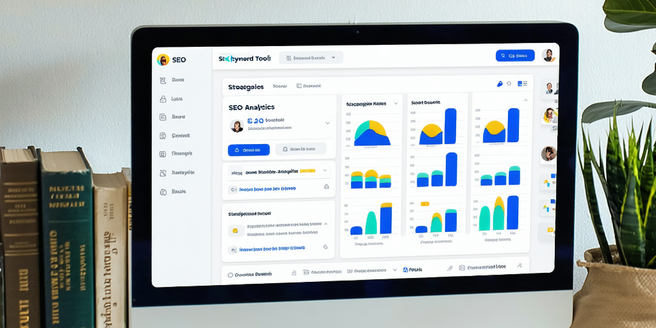Digital Marketing And Sweepstakes Interaction

Understanding the Basics of Digital Marketing
Digital marketing is a multifaceted approach that involves utilizing various online platforms and tools to reach and engage potential customers. It encompasses strategies such as search engine optimization, social media marketing, email marketing, and content marketing. The primary goal is to connect with audiences where they spend most of their time—online. Understanding the basics involves recognizing the importance of targeting the right audience, creating compelling content, and leveraging analytics to track performance. It’s also crucial to prioritize user privacy and data protection in every digital marketing effort. Moreover, it requires staying updated with the latest trends and technologies to remain competitive. Successful digital marketing strategies not only increase visibility but also foster meaningful connections with consumers, ultimately driving sales and brand loyalty.
The Role of Sweepstakes in Online Engagement
Sweepstakes play a vital role in enhancing online engagement by offering audiences a chance to win prizes. These promotions are effective tools in capturing user interest and encouraging participation. By integrating creative themes or timely events, companies can make sweepstakes even more appealing and relevant. Sweepstakes can significantly boost brand awareness and loyalty by motivating users to interact with the brand, often through social media platforms or dedicated websites. They serve as an engaging call-to-action, enticing consumers to carry out tasks such as liking, sharing, or commenting on content. Moreover, sweepstakes also allow businesses to collect data from participants, which can be used to refine marketing strategies. Harnessing the allure of potential rewards, sweepstakes establish an interactive platform where brands can connect with audiences.
Integrating Sweepstakes with Marketing Strategies
Incorporating sweepstakes into marketing strategies can amplify their effectiveness by combining traditional promotional efforts with the allure of enticing rewards. To successfully integrate sweepstakes, it’s essential to align them with the overall marketing objectives. This involves defining clear goals, whether it’s increasing brand awareness, generating leads, or boosting engagement. Moreover, regular analysis of sweepstakes performance can provide insights for future campaigns. Crafting a compelling narrative around the sweepstakes can enhance its appeal, while a well-defined target audience ensures the promotion reaches the right consumers. Additionally, utilizing multiple channels such as email, social media, and online ads can maximize reach. An effective integration ensures sweepstakes not only drive participation but also complement and reinforce broader marketing initiatives.
Legal Considerations for Sweepstakes Promotions
Running sweepstakes promotions requires an understanding of the legal landscape to ensure compliance and avoid pitfalls. Legal considerations can vary based on jurisdiction, but generally include creating official rules, eligibility requirements, and clearly stating how the winners will be selected and notified. It’s important to stay updated on any changes in regulations that may affect your promotion. It’s crucial to avoid elements that could classify the promotion as a lottery, such as requiring a purchase for entry. Additionally, businesses must consider data protection laws regarding the collection and handling of participant information. Consulting with legal experts can help in drafting terms and conditions that meet regulatory standards. Ensuring transparency and fairness not only builds trust with participants but also safeguards the brand from potential legal issues.
Measuring the Success of Sweepstakes Campaigns
Evaluating the success of sweepstakes campaigns is essential to understand their impact and areas for improvement. Key performance indicators (KPIs) such as entry volume, engagement rates, and website traffic can provide insights into their effectiveness. Surveys and feedback forms can be used to gather direct input from participants. Additionally, analyzing conversion rates and the quality of leads generated can help assess the return on investment. Social media metrics like shares, likes, and comments offer a glimpse into the campaign’s reach and audience interaction. Feedback from participants can also be valuable in identifying strengths and weaknesses. Post-campaign analysis equips businesses with the knowledge to optimize future promotions, ensuring that sweepstakes not only meet their objectives but also enhance overall marketing efforts.